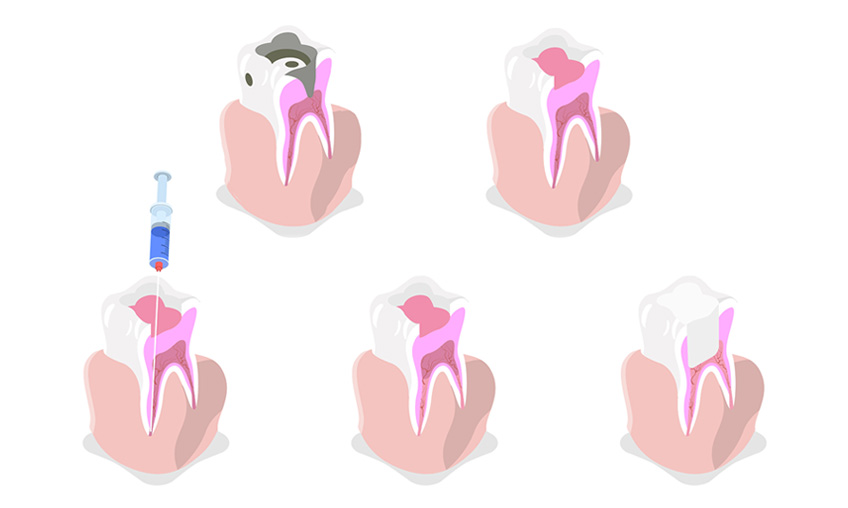Oral health has a direct influence on your overall wellness. Taking care of your teeth and gums is good for your mouth, your cardiovascular health and much more.
These habits will keep your whole family smiling:
Brushing
Brushing cleans away bacteria and plaque that can cause tooth decay and gum disease. After breakfast and before bed, use a soft-bristle toothbrush to brush every surface of your teeth—tongue side, cheek side and chewing surface. Brush for one minute on the top teeth and one minute on the bottom.
Flossing
Flossing removes bits of food and plaque that are stuck between teeth. Using dental floss once a day is enough, according to the American Dental Association (ADA). You can floss before or after brushing your teeth. Here is the ADA’s advice for using dental floss:
- Use about 18 inches of floss. Wrap most of it around the middle finger of one hand. Wind the remaining floss around the same finger of the opposite hand. This finger will take up the floss as you move along.
- Hold the floss stretched tight between your thumb and first finger.
- Guide the floss between your teeth with a gentle, rubbing motion. Never snap the floss into the gums.
- When the floss reaches the gum line, curve it into a "C" shape against one tooth. Gently slide it into the space between the gum and the tooth.
- Hold the floss tightly against the tooth, slightly away from the gums. Gently rub the side of the tooth with an up-and-down motion, following the shape of the tooth. Repeat this method on the rest of your teeth, top and bottom. Don’t forget the back side of your last teeth (at the very back of your mouth).
Rinsing with mouthwash
Rinsing with mouthwash does not replace brushing and flossing, but it helps clean hard-to-reach areas, according to the ADA. Mouth rinse gives you more than just fresh breath. It also helps to control plaque, reduce tooth decay and prevent gum disease. When buying an over-the-counter mouthwash, look for products that carry the ADA Seal of Acceptance.
Eating and drinking healthy food and drinks
Eating and drinking healthy food and drinks supports your oral health, says the ADA. Choose things such as:
- Foods high in calcium such as cheese, milk, plain yogurt, calcium-fortified tofu, leafy greens and almonds.
- Protein-rich foods like meat, poultry, fish, milk and eggs.
- Fresh fruit and vegetables because they are high in water and fiber that help to clean your teeth.
- Plain water, especially water with fluoride, that your local utility may supply.
And remember to avoid snacking between meals, especially sugary snacks and drinks that are bad for your teeth and gums.
 Preventistry Pulse Image
Preventistry Pulse Image
PREVENTISTRY PULSE
The newsletter designed for anyone who wants to improve oral health for themselves, their families, customers or communities.
























